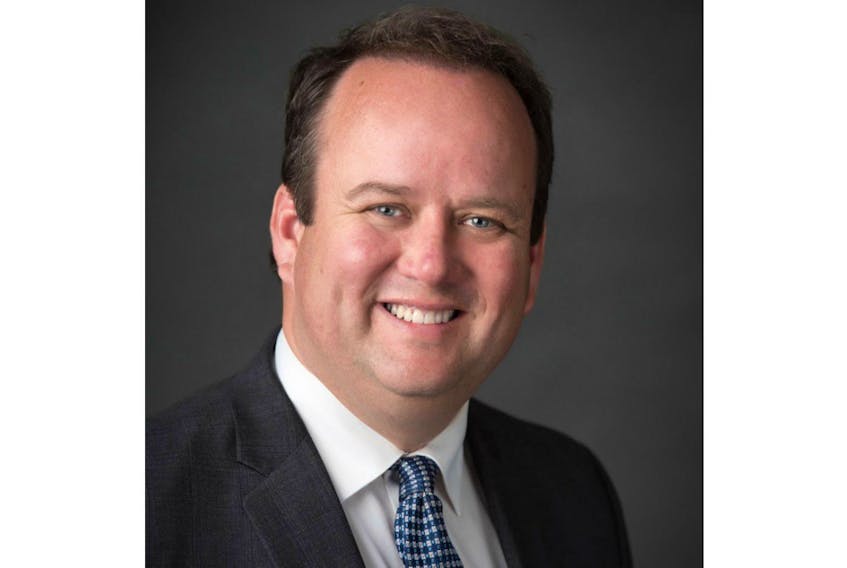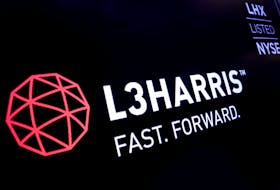CHARLOTTETOWN, P.E.I. — This September, you’ll be sending your child off to college or university for the first time. Fortunately, you’ve been saving diligently in a Registered Education Savings Plan (RESP) so there should be enough money to cover most if not all of their education and living expenses.
But after saving for so many years, you should make the most of those RESP dollars with these smart withdrawal strategies.
• An RESP can be used for 35 years from the day it’s opened, so you don’t have to be in a hurry to liquidate its assets. If your child chooses a four-year undergraduate degree, then use the money within four years. If your child opts for medical school, consider spacing it out over several additional years.
• You may also want to hold off or reduce withdrawals if your child has other sources of education funds, such as a scholarship or money saved from a summer job, in order to increase the potential for tax-deferred growth in the plan.
• There are three types of money in an RESP – the contributions you put in, government grants and bonds, and the income or gains generated from your investments. While contributions can be withdrawn tax free, grant money and plan income are taxable to the recipient.
• Education Assistance Payments will be taxed as part of your child’s income, and if it’s low, that grant, bond, and income could be received effectively tax-free. However, if you think your child will earn a salary before they’re finished using their RESP, it could make sense to make Education Assistance Payments early when they’re in a lower tax bracket.
• You’ll need some money immediately, but if your child is planning on going to school for several years, you’ll also need to continue growing those savings. Money you intend to withdraw from the RESP in the very near future should be transferred into short-term investments like Money Market Funds or redeemable Guaranteed Income Certificates (GICs). Funds that may not be needed for a few years can stay invested in a mix of mutual funds, stocks, and bonds.
• If your child decides not to go to school, contributions, and sometimes plan income may be returned to the RESP subscriber, or the RESP can be transferred to another child.
• If you withdraw contributions or plan income from an RESP while your child is not enrolled in post secondary education, the grant money will be returned to the government and the income or growth within the RESP will be taxable to the plan subscriber, and could also be subject to additional penalties.
Clearly, withdrawing isn’t as easy as straightforward as it may seem. Talk to your professional advisor about the best approach for your family.
Jeff Somers, BA, RRC, CFP, works at Investors Group in Charlottetown. This column is written and published by IG Wealth Management as a general source of information only. It is not intended as a solicitation to buy or sell specific investments or to provide tax, legal or investment advice. Contact your own adviser for specific advice about your circumstances.









